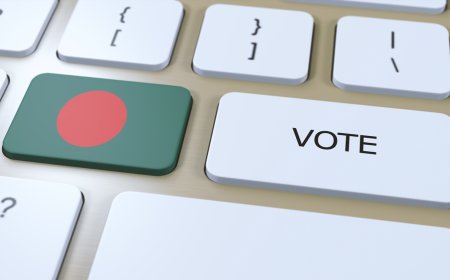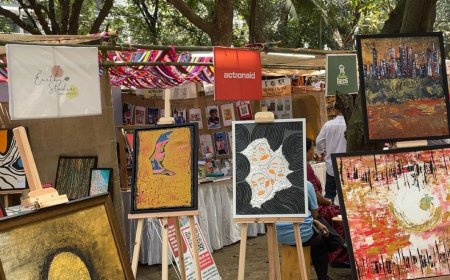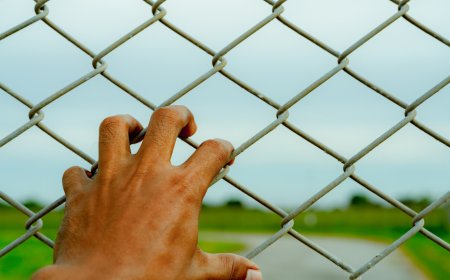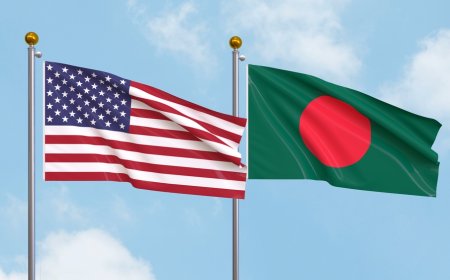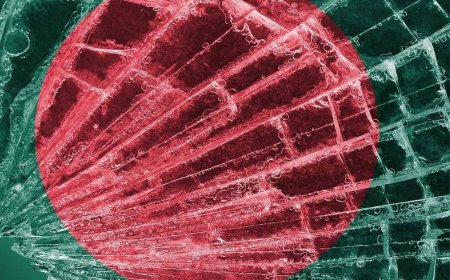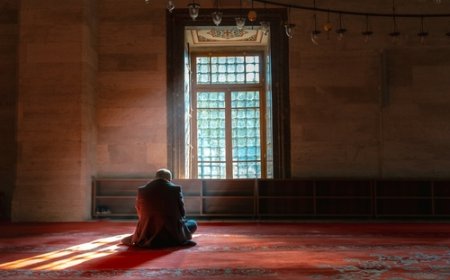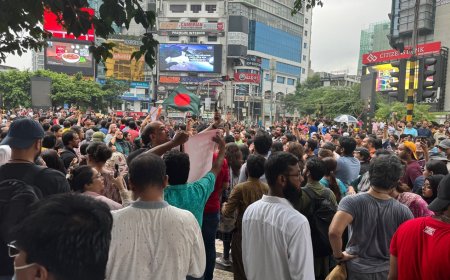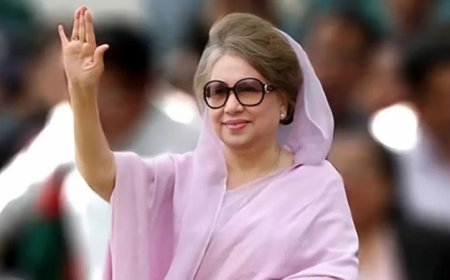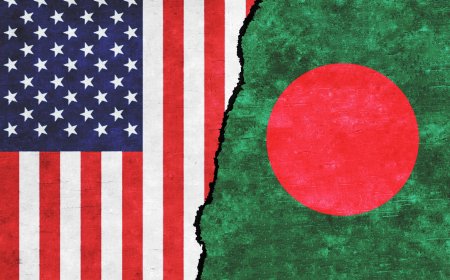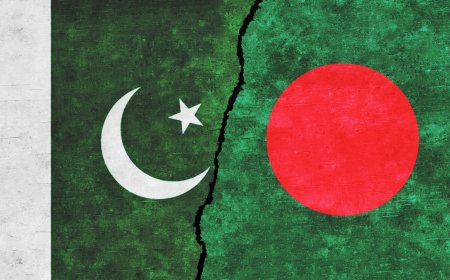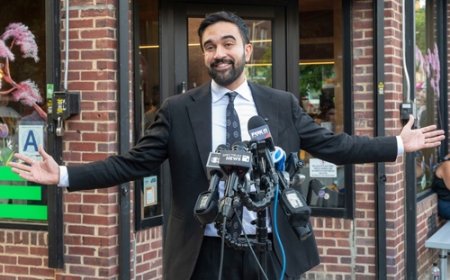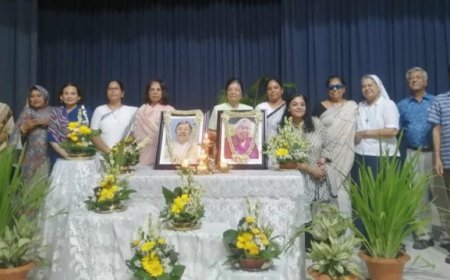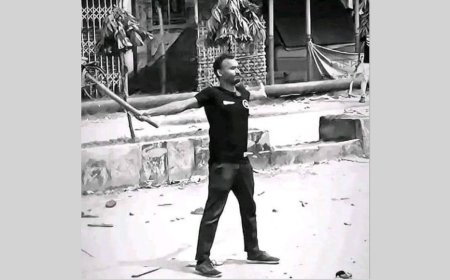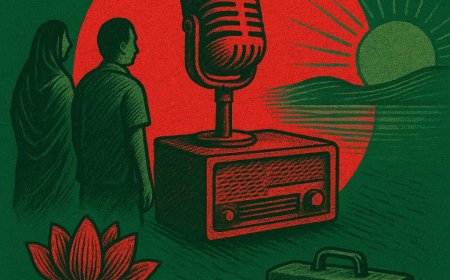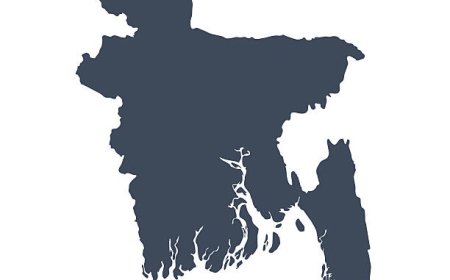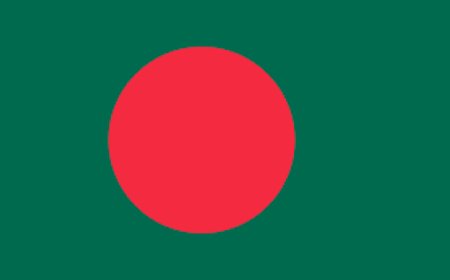After Bhola, Nothing Was Ever the Same
The Bhola cyclone and its aftermath opened up space for a critique of the West Pakistan government and brought into stark relief the issues of disparity and negligence that would lead to war and independence the following year.

The bloody birth of Bangladesh can be characterized as a great human tragedy, marked by two successive and catastrophic events that led to the deaths of millions within a brief timeframe.
The Bhola cyclone of November 12, 1970, and the nine-month liberation war that persisted until late December 1971 are regarded as some of the most severe humanitarian crises of the modern era.
These occurrences resulted in the loss of several million lives due to both natural and anthropogenic causes and precipitated one of the largest refugee displacements in contemporary history, raising significant public concern worldwide.
The cyclone struck East Pakistan at a critical moment, just weeks before the first national election in Pakistan’s 23-year history, scheduled for December 7, 1970. With winds reaching 200 km/h and 10-meter waves, it caused massive loss of life and property.
The cyclone's aftermath was more devastating than the storm itself. It took nearly 10 days for the government to declare a state of emergency and deploy the military for relief efforts. Many survivors urgently needed medical aid, but the Central Government’s support was slow and inadequate.
This delayed response deeply affected Bengalis' views and fuelled their nationalistic aspirations during the final election campaign phase.
During this critical juncture, both Bengali and international media underscored the negligence, discrimination, and prolonged exploitation of Bengalis by the West Pakistan, which in turn exacerbated anti-West Pakistan sentiment in East Pakistan. Newspapers like The New York Times, The Guardian, and local papers such as Ittefaq, Azad, Purbadesh, Sangbad, and Dainik Pakistan prominently reported relief mismanagement and administrative failures, blaming the West-backed central administration for the crisis.
In contrast, the West Pakistan-based newspapers, except the left-wing The Pakistan Times, failed to portray the true crisis. Their language, framing, and coverage differed significantly from Bengali and international outlets. Rather than blaming the central government and the Army, they depicted the crisis as a typical post-natural disaster event and ignored criticism coming from the East Pakistani politicians and cultural activists. For example, Dawn, the leading English daily from the West Wing highlighted aid efforts and the President Yahya’s visit but downplayed criticism from East Pakistan leaders.
On November 29, it confirmed elections would proceed as per the schedule and reported government relief funding and military rescue efforts. Despite a full press setup in Dhaka, Dawn omitted coverage of Bengali protests against the government’s weak relief response.
Conversely, East Wing newspapers such as Ittefaq, Purbadesh, and Azad vehemently criticized the government's inadequate disaster response, depicting it as emblematic of the plight of the Bengali people.
On November 24, Purbadesh’s headline cited Maulana Bhashani’s speech in Bhola: "Ora Keo Asheni,” meaning none of them came, with a photograph of Bhashani gesturing toward the West alongside a collage of five central government ministers’ images in that direction.
Additionally, on November 18, Ittefaq reported its editor’s public remarks in southern Bangladesh, questioning how long Bengalis would continue to endure suffering and exploitation despite their demonstrated loyalty to Pakistan.
On November 25, the headline of Ittefaq stated: "We demand an account of 10 years of relief funds." Accompanying the headline was a photograph depicting an American helicopter delivering food supplies to Bhola Island, implying that even Western Pakistani helicopters were not deployed during the crisis, and that foreign helicopters had intervened to provide assistance.
Like the Bengali newspapers, the Guardian and The New York Times effectively highlighted Bengali frustrations, dedicating over two to three months to extensive coverage -- unprecedented for the history of this region.
From November 15 to March 25, the NYT published around sixty reports, editorials, and opinions, sometimes multiple per day. Special correspondents Sydney H. Schanberg and Tillman Durdin covered the cyclone crisis until March 1971, providing detailed accounts of the disaster’s aftermath.
Their reports consistently exposed failures in disaster management, including inadequate warning systems, poor logistical support for aid distribution, and insufficient relief supplies. A report by Schanberg, published on November 29, 1970, examines relief management in disaster-affected areas. Titled "People Still Dying Due to Inadequate Relief Efforts," it portrays the situation realistically, highlighting bureaucratic confusion and government obstinacy as obstacles.
It also discusses tensions between Punjabis and Bengalis, with the cyclone aftermath reigniting Bengali feelings of exploitation. The report elucidated how Bengali leaders accused the central government of "criminal negligence" and underscored the challenges to press freedom in uncovering the truth under martial law.
On the other hand, the Guardian published approximately 40 articles on the cyclone crisis during this phase. The coverage was provided by reporters such as Peter Preston, Michael Lake, Thomas Patrick, S.R. Ghauri, and Kalim Siddiqi. S.R. Ghauri was the first to report on November 16 that East Pakistan’s Meteorological Department failed to issue a warning before the cyclone.
On November 19, Michael Lake criticized the government’s poor coordination of relief efforts and the UN’s lack of international coordination, noting that aid was first routed through West Pakistan before reaching East Pakistan.
On November 26, the Guardian reported that West Pakistani newspapers criticized the British press for deliberately inciting anger against the Pakistani government in the global media. The paper published two articles on President Yahya Khan's response, in which he defended Pakistan's efforts and called the criticism as " belligerent" and "hostile."
The newspaper discourse reveals that the Bhola cyclone and the ensuing humanitarian crisis created a unique opportunity for press freedom despite the restrictions imposed by stringent martial law, particularly in East Pakistan.
This situation prompted and allowed for vigorous criticism of governmental authorities and agencies, ostensibly framed as responses to the humanitarian emergency. Political parties, news media, and civil society collectively expressed concern over the indifferent attitude of the Pakistani state toward the Bengalis.
Concurrently, it exposed the profound distrust and divisions between the two wings of Pakistan, thereby underscoring the necessity for Bengali emancipation from systemic neglect and discrimination.
Muhammad Asiful Basar is a Ph.D. Candidate, Institute of Development Policy, University of Antwerp, Belgium, and Senior Lecturer, Department of History and Philosophy, North South University, Bangladesh. He can be reached at muhammad.basar@northsouth.edu.
What's Your Reaction?















